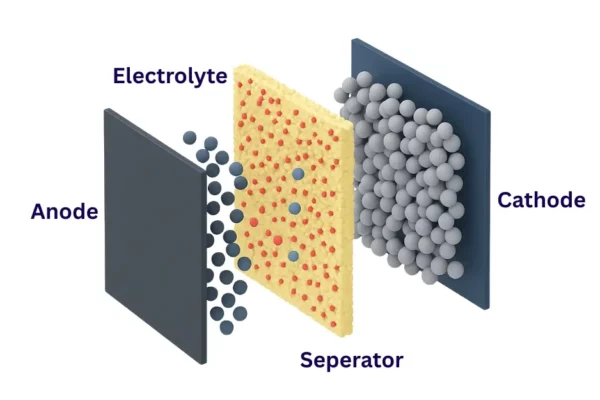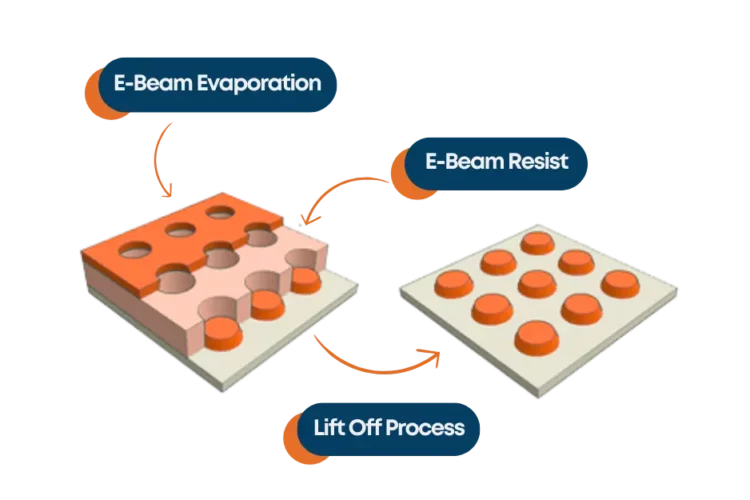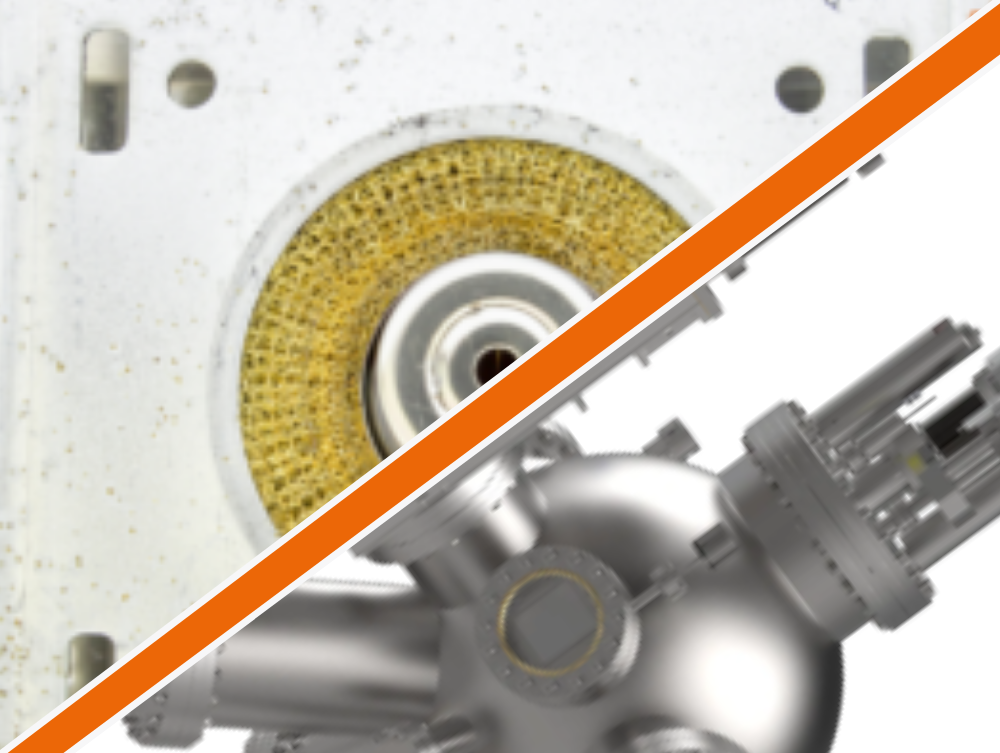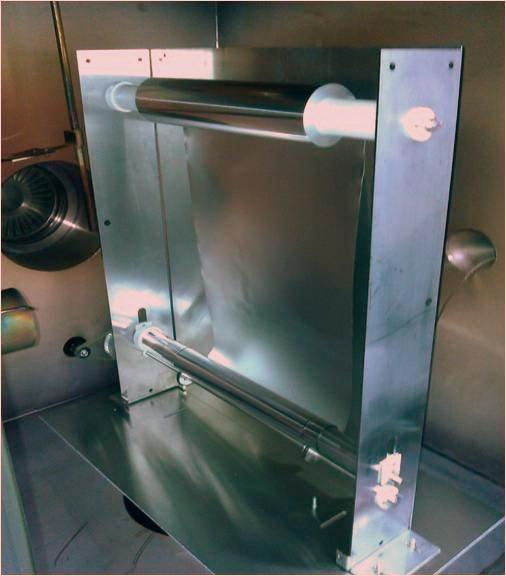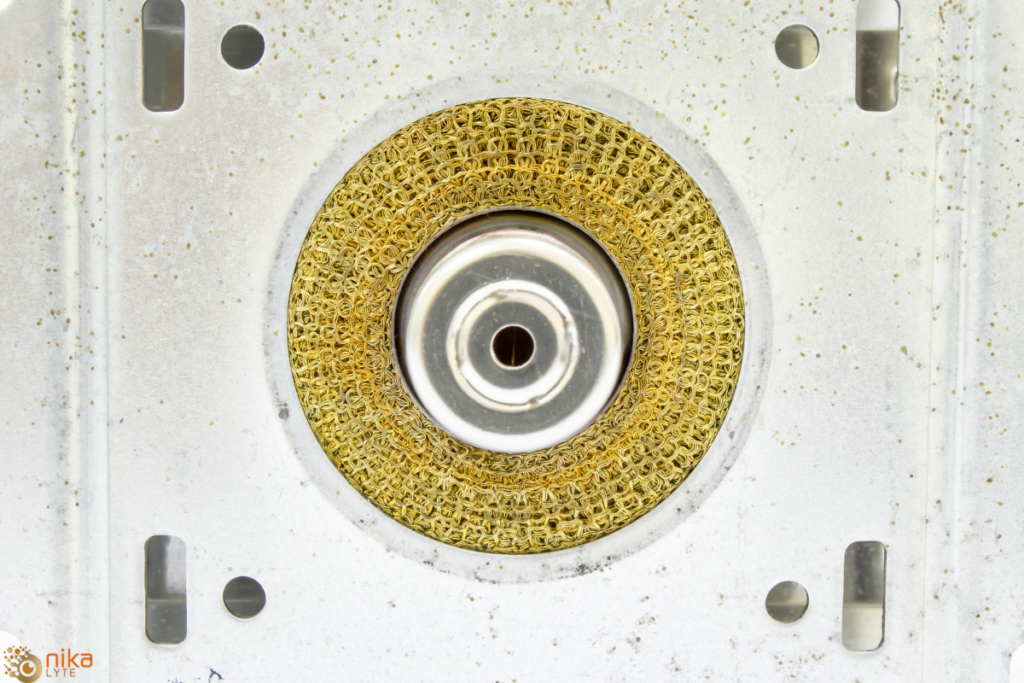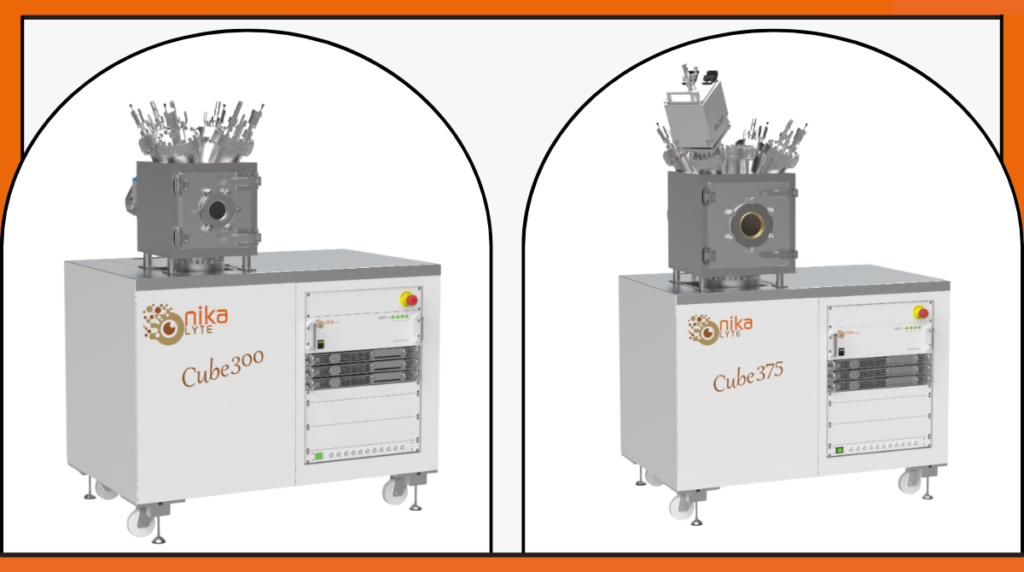The Benefits of PVD for Chemical-Free Powder Coatings
Powder coating has become a preferred method for enhancing functionality and applying durable finishes to a variety of substrates, from automotive components to industrial machinery. However, the latest advancements in PVD (Physical Vapor Deposition) technology are transforming the way we think about coating processes. This innovative approach not only improves the quality and precision of […]
The Benefits of PVD for Chemical-Free Powder Coatings Read More »

